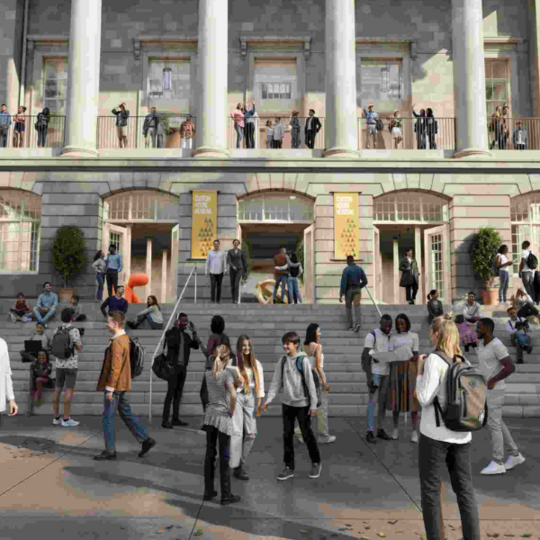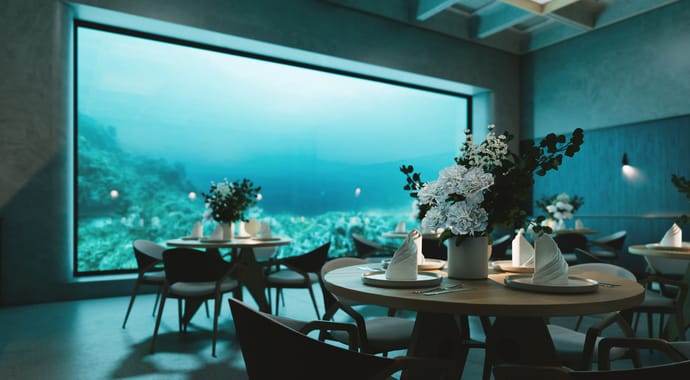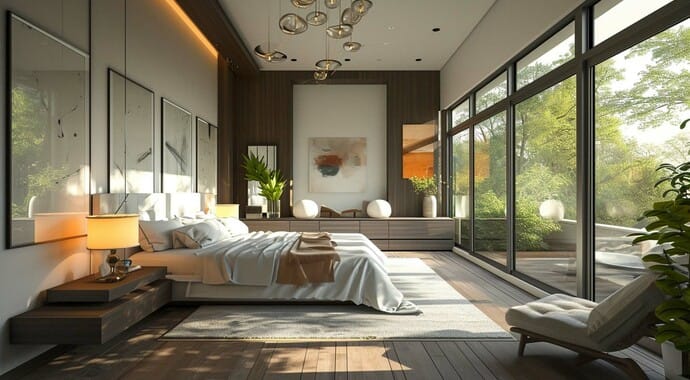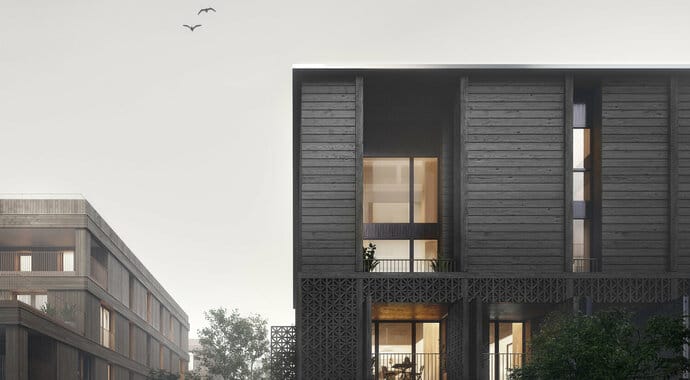Uncover the impact of AI on visual experiences in our exclusive interview with Alejandro Oostlander from Squire & Partners, and learn how AI enhances the studio’s workflow.
Every day, we witness remarkable advancements in artificial intelligence, with increasingly impressive solutions that sometimes evoke admiration and, at times, concern.
As with any new technology, it's natural to wonder if and how this could improve your workflow. How could AI enrich our daily tasks? Could it contribute to enhancing our visuals and products? And ultimately, are they accessible to everyone?
To shed light on these questions, we had the privilege of interviewing Alejandro Oostlander, Associate CGI and creative mind in the Computer Visualization department at the prestigious architecture studio Squire & Partners based in London, renowned for its innovative approach to architectural design and sustainability.
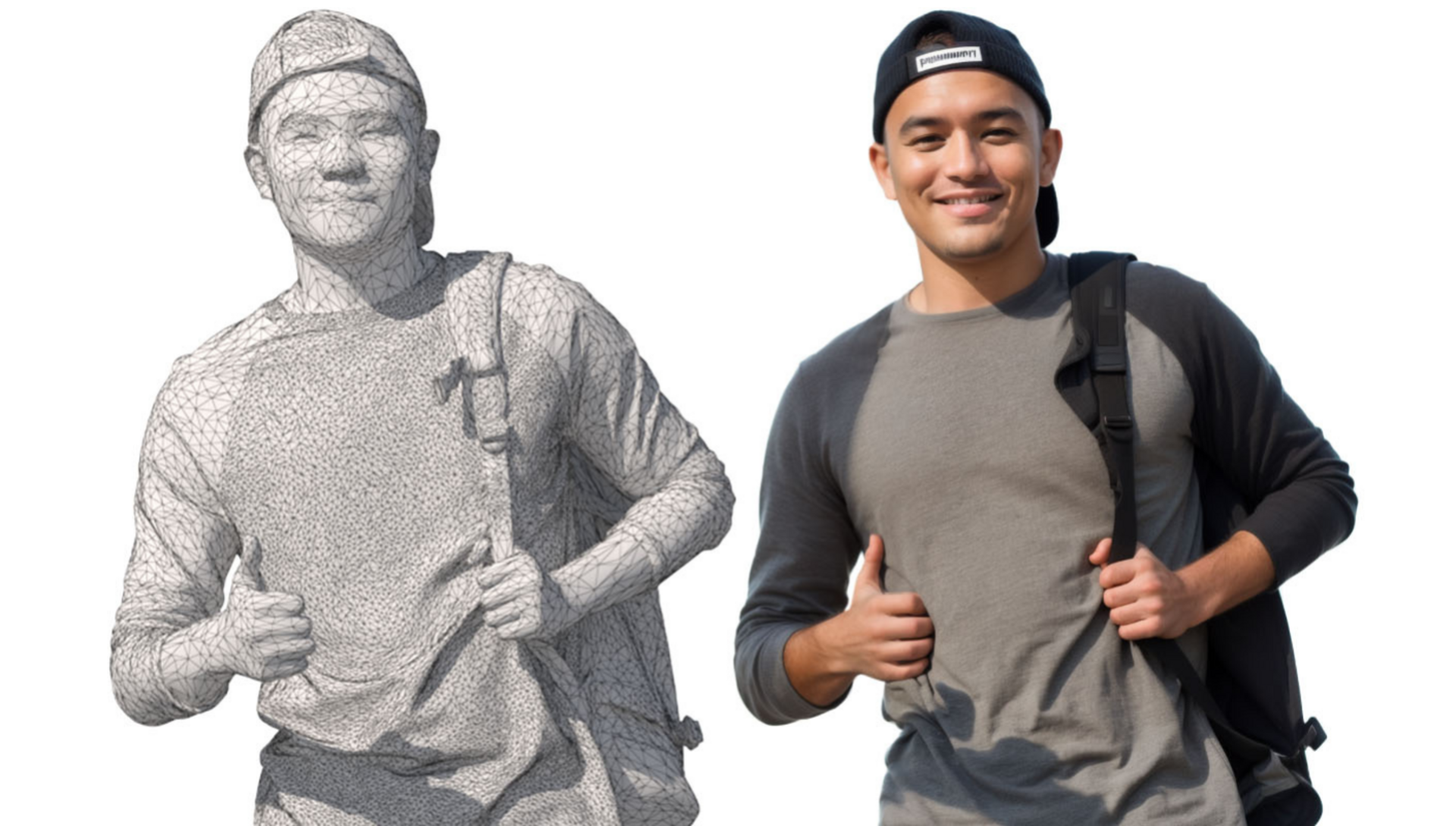
Last year, the predominant topic of conversation was the Metaverse, but a year later, it seems that Artificial Intelligence (AI) has taken center stage. Do you consider this to be a passing phenomenon or a genuine trend?
Oh, Meta-who? Just kidding. It's definitely not a passing trend. While the Metaverse may have had its moment, the current spotlight is on AI. It's not about creating funny Disney-like images for social media. AI holds substantial, lasting potential. Its consistent relevance stems from its versatility and the tangible benefits it offers across various sectors, including architecture.
The significance of AI lies in its capacity to enhance productivity, efficiency, and creativity. And the cool part is, because many of these AI tools are open source and free, more and more people are playing around with them. That means AI will likely become a regular part of our workflow. It's not just a trend; it's a whole new way of getting things done. AI is here to stay, and it's not just for the tech geeks; it's for all of us in the creative game, including us in architecture.
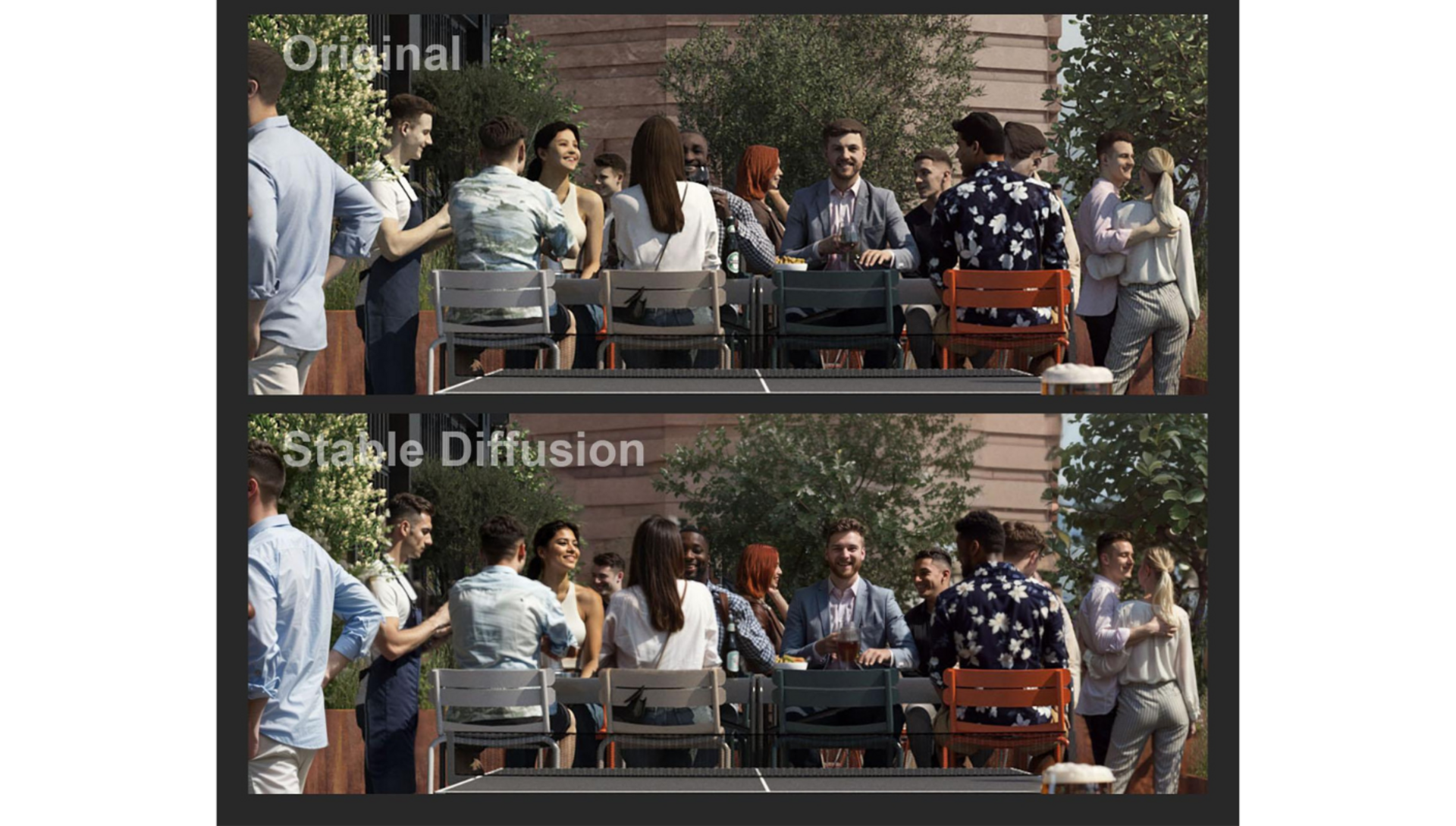
Have you conducted specific tests applying these new technologies?
Definitely, and it's not limited to just the CGI department. Our architectural firm has embraced AI across the board – from architects and interior designers to our partners, everyone's exploring its potential in different ways.
We kicked things off like many others, toying with Midjourney and experimenting with "text to image." Initially, it was about generating eye-catching visuals, but then I discovered a tutorial that showed the magic of transforming a simple sketch into an extraordinary image. Architects in our team are using "txt 2 img" tools like Midjourney and DALL-E, using AI to generate conceptual ideas.
In the CGI department, we're taking it a step further. We're integrating AI into our traditional rendering processes, using tools like Stable Diffusion to refine and improve our final results. It's about leveraging AI as a complementary tool, not just for novelty but to improve the quality of our output genuinely.
And let's not forget the game-changer – Photoshop's "Generative Fill." Its intuitive functionality seamlessly integrates into our workflow, becoming an essential tool for removing or extending images. AI has become a silent collaborator in our creative process, subtly enhancing our work.
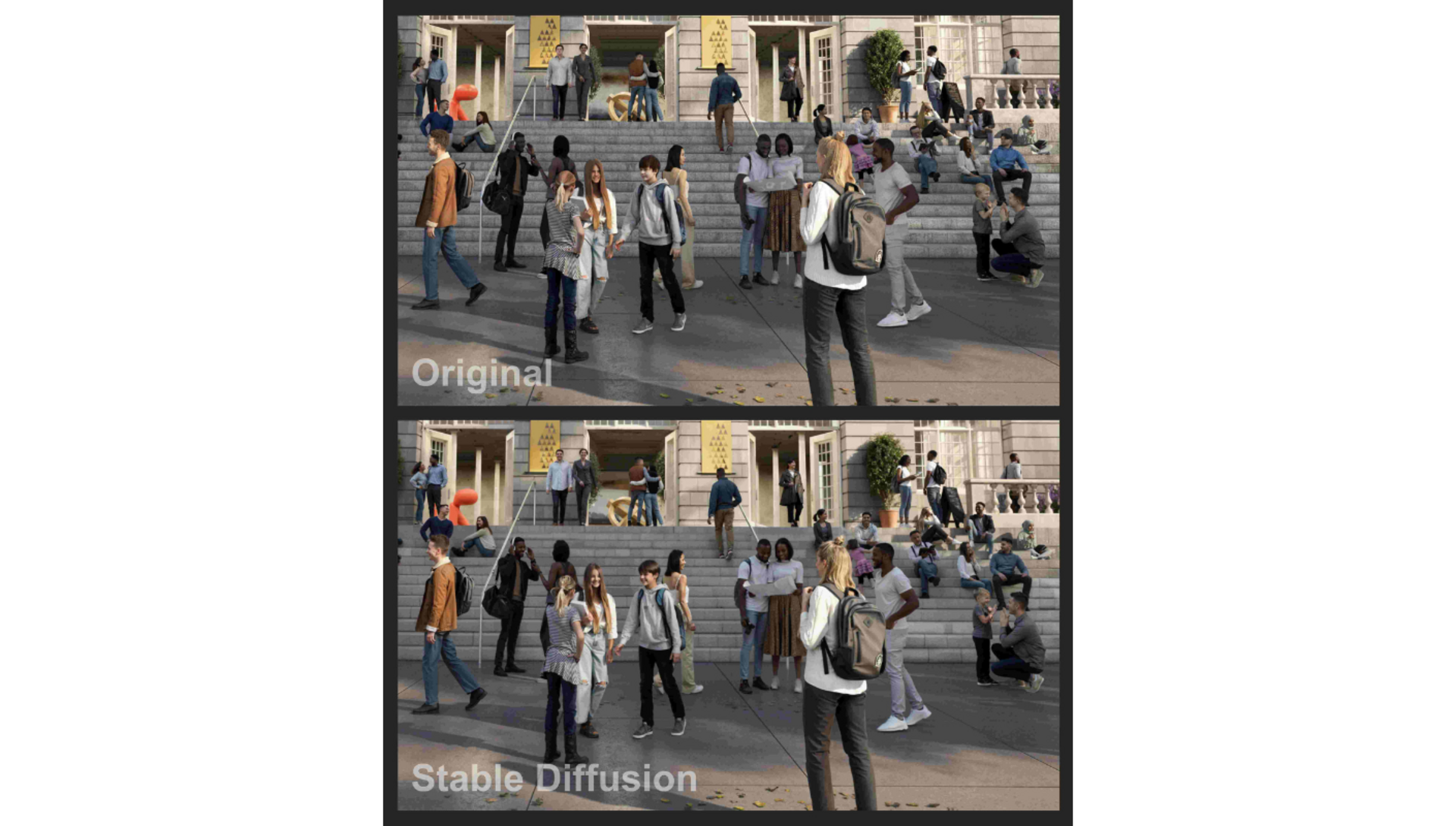
What kind of results have you achieved so far? Are they purely experimental, or have you had the opportunity to apply them in specific projects or services?
Our journey with AI started with the experimental phase of creating images from basic sketches, aiming to provide quick solutions for conceptual ideas when time constraints didn't allow for a full render. However, after numerous trial-and-error attempts, I had to communicate to the architect's team that while we could produce nice images, they might not align with the precise vision they had in mind. Controlling numerous aspects proved challenging; we require more than just an idea or concept. Consequently, we shifted our focus.
Now, we primarily work with image-to-image techniques, taking a base image or render and combining it with a prompt in AI to enhance its quality. The learning curve was steep, but the investment paid off. This approach has become essential in almost every image we produce. It's not just about experimentation; it's about leveraging AI to refine and elevate the quality of our visuals.
We've also found great use in creating variations of existing renders, providing different options for internal discussions with architects or client presentations. This streamlines our workflow and adds a layer of flexibility and creativity to our design process.
Could you tell us about one of them?
One of our standout projects entailed renovating and breathing new life into the surroundings of an existing building. Despite minimal changes to the building's exterior, such as a general cleanup and new access points, the true transformation was achieved in the surrounding area, rejuvenating the space with a renewed sense of vitality.
We used anima® ALL (now part of Chaos) to populate the project with life to depict a vibrant atmosphere. We aimed to create a sense of activity around the building using over a hundred 3D people models, many strategically placed close to the camera for added realism. To take it a step further and enhance the realism of these 3D people, we turned to Stable Diffusion. The result was nothing short of astonishing – incredibly lifelike images that successfully expressed the projected atmosphere and vibrancy of the revitalized space. It's a testament to how AI tools, in this case, Stable Diffusion, can elevate the visual storytelling aspect of architectural projects, making them more compelling and engaging.
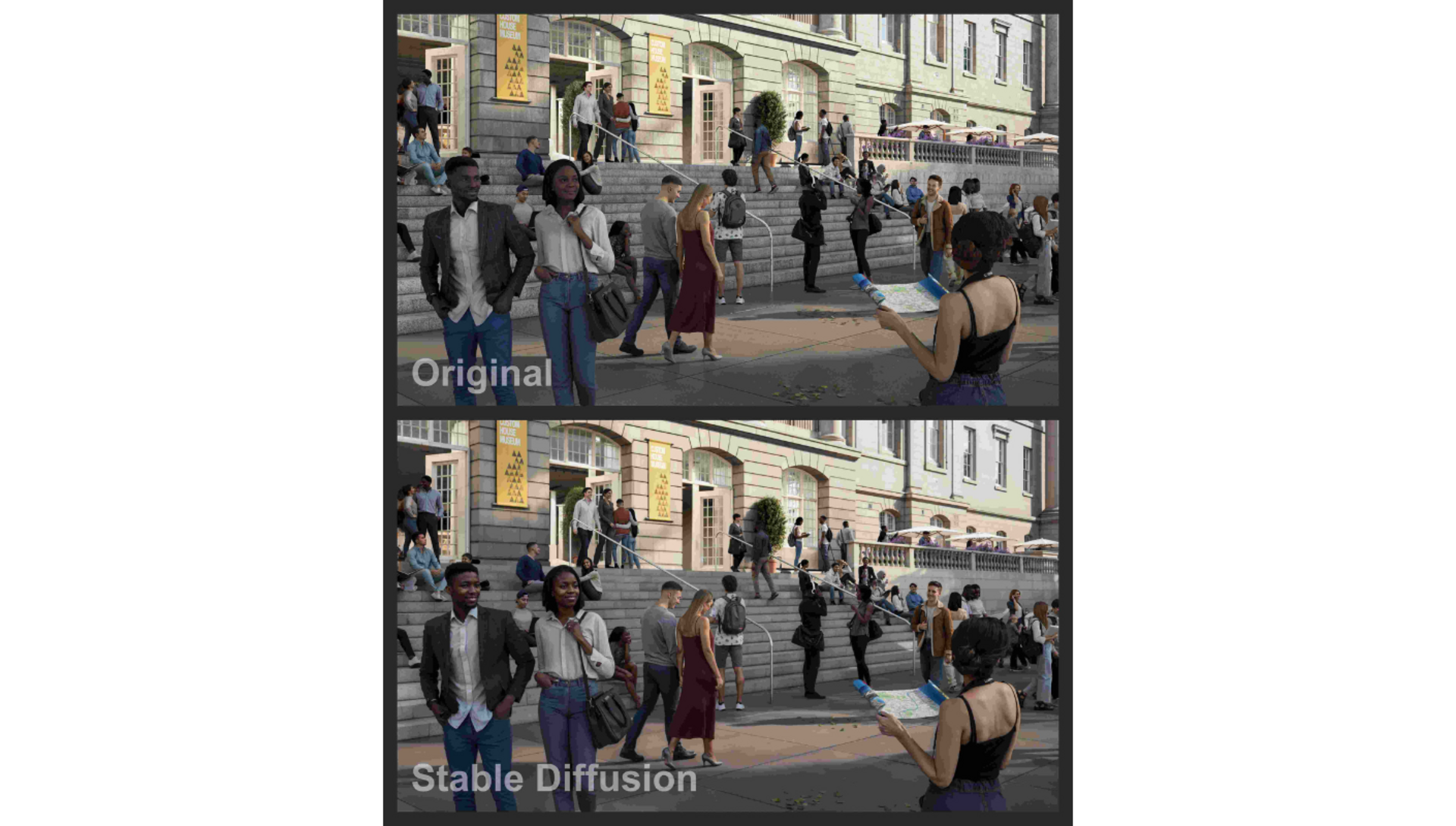
What is your vision of the future? How do you believe these tools are transforming or will transform an artist's work if they haven't already?
These tools are undoubtedly transformative for the creative process, especially in the design business. However, their impact extends far beyond our industry, and I'm optimistic about witnessing remarkable advancements in the near future.
As of now, integrating AI into our workflow requires a certain level of skill and familiarity with the "language" of the software. It's not just about typing a few words; there's still a need for the human artistic touch. The tools are powerful assistants, enhancing our capabilities and refining our output, but artists' creative vision and intuition remain irreplaceable.
As we look ahead, I anticipate further developments in these tools, making them more user-friendly and integrated into artistic workflows. Nevertheless, it's essential to strike a balance. While AI can assist and augment, it doesn't replace the unique perspectives, intuition, and creativity that artists bring to the table. The future, I believe, is a collaborative landscape where AI and human creativity work hand in hand, each contributing what the other cannot replicate.
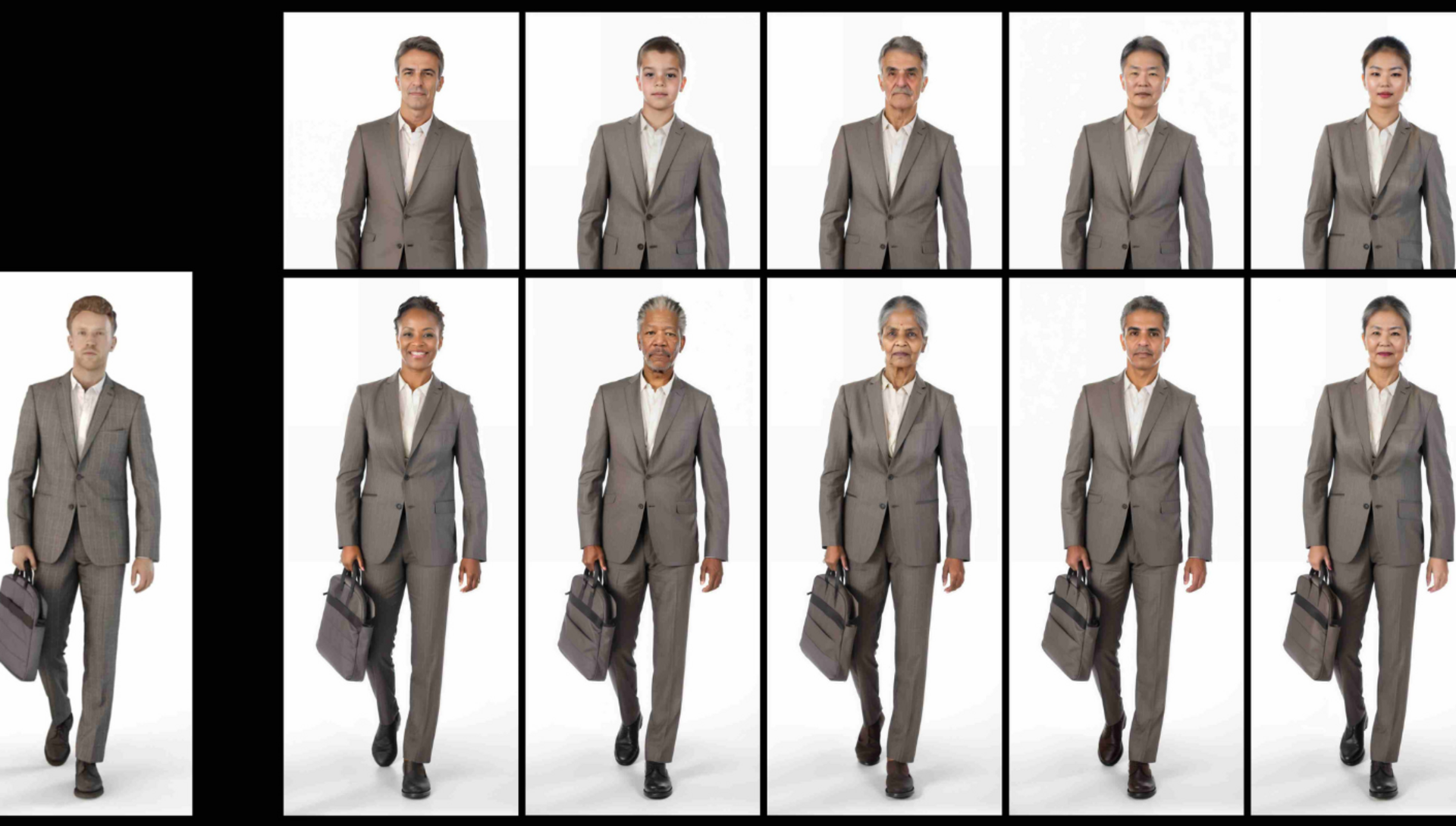
Today, we already see photo editing tools applying AI solutions to specific AI applications. Do you think this technology could be applied to rendering software in the future? What groundbreaking features or capabilities do you imagine this fusion could offer in rendering software?
Absolutely, the incorporation of AI solutions into rendering software is already in progress, marking an exciting frontier. Some 3D software is embracing AI capabilities, especially in conjunction with quick rendering processes. Additionally, there are AI tools designed to simplify various architectural processes, such as streamlining floor plan arrangements and enhancing overall design workflows.
On the post-production side, the availability of plugins, like integrating Stable Diffusion into Photoshop, is streamlining and expediting our processes. It's about making intricate tasks more accessible and quicker for us, the creatives.
The concept of 3D AI models is emerging on the horizon. While we might need to exercise a bit more patience for truly remarkable results, there's no doubt that it's on its way. The fusion of AI and rendering software holds the promise of innovative features – from improved realism and efficiency in rendering to entirely new possibilities in architectural visualization. It's an exciting evolution that stands to redefine how we approach and execute projects in the field.
We observe that most AI tools primarily operate through text prompts. However, since you are graphic artists, wouldn't natural prompts be images, strokes, or mood boards? What is your perspective on this approach?
Given our background as graphic artists, the language we speak naturally is visual. This is why I emphasize tools like Stable Diffusion with ControlNet, designed to excel in working with images. While many AI tools lean heavily on text prompts, there's a growing understanding that, for artists, the most intuitive prompts are images, strokes, or mood boards.
The emergence of user-friendly websites featuring interfaces tailored for image creation reflects this recognition. These platforms, often running Stable Diffusion in the background, acknowledge the significance of visual language in creative workflows. It's not just about issuing commands; it's about expressing ideas through visual elements.
This shift towards visual prompts aligns more closely with the artistic nature of our work. It allows for a more instinctive and seamless interaction with AI, fostering collaboration where the artist's vision is communicated directly through the language they know best—images and visual cues. This evolution in AI resonates well with the creative community, offering a more natural and expressive way to engage with these powerful tools.
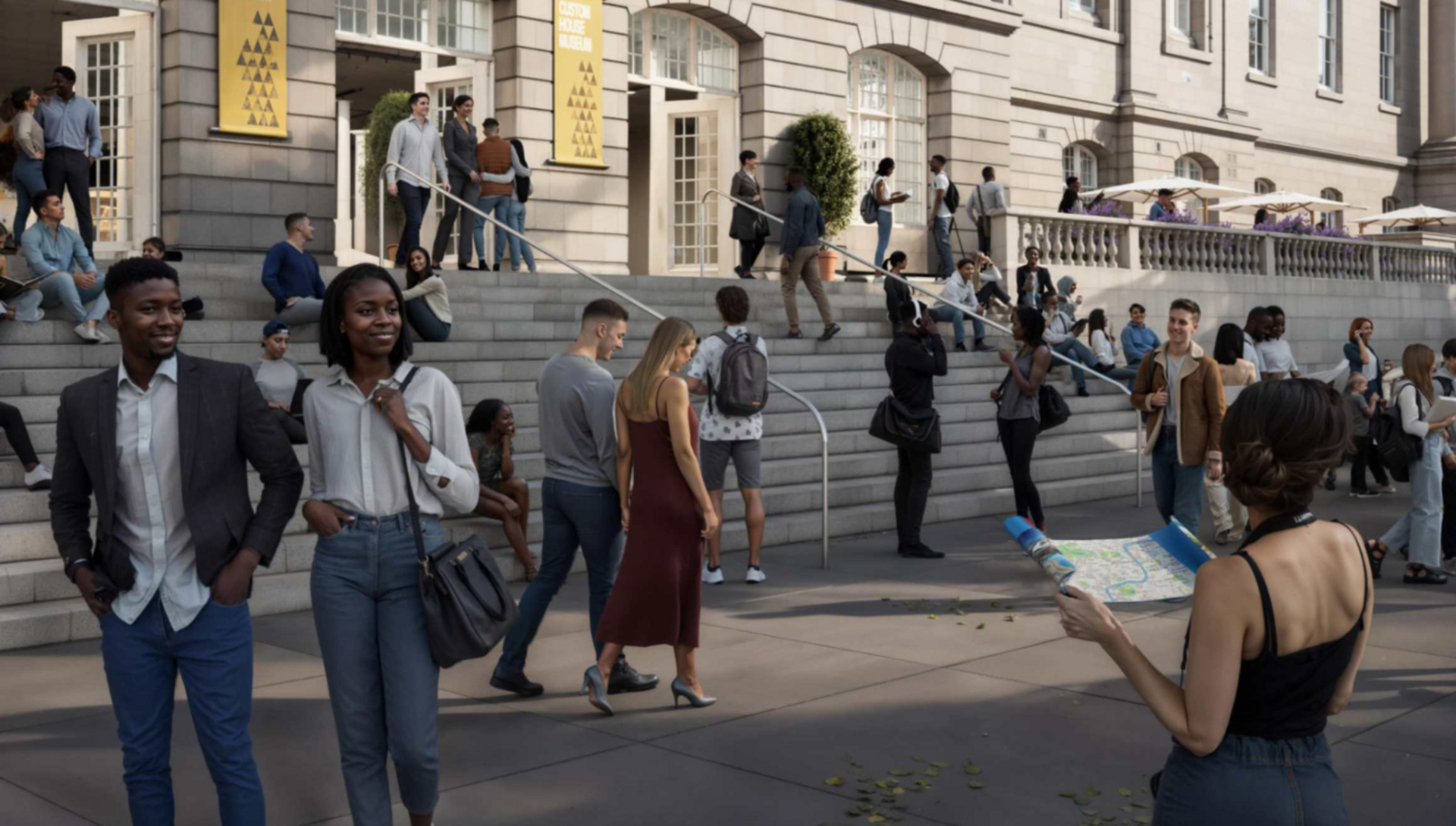
Looking toward the future, how do you envision a possible evolution of the work you are currently undertaking?
As I gaze into the future, my outlook is a blend of expectation and concern. I approach it with optimism, viewing AI as a new tool that holds the potential to augment and enhance our work. However, there's an underlying worry about the possible devaluation of skills refined over many years.
It's not unfamiliar territory – we've already encountered moments where we showcase a render without AI, only for some to assume it's AI-generated. Having spent over two decades in CGI, I've witnessed revolutionary changes before – architects transitioning to 3D modeling, the evolution of simplicity of render engines like V-Ray, and tools like Enscape for Revit. While these changes altered our workflow, they didn't fundamentally reshape our industry. The question now is how profoundly new AI tools will impact our work.
Admiring digital art on social media has been a source of inspiration for me, witnessing the creativity and execution of artists. However, there's a shift in perception – the immediate thought is often, "Ah, someone typed something on AI." I find myself hoping for a filter or a way to distinguish between works created through AI and those crafted through traditional methods. It's not about resisting change but ensuring that the value of human creativity and craftsmanship remains evident in an evolving landscape dominated by AI.
From your perspective as a user and artist, how do you imagine a future version of anima?
As a user and artist, envisioning the future of anima 5 involves seamlessly integrating cutting-edge technologies. I see a future version that combines 3D models with AI, offering many options for clothing, expressions, and ethnic features. The aim would be to achieve a level of realism in characters beyond current possibilities.
One particular challenge I've encountered is integrating people into images where the base doesn't include them. Despite the advancements, this remains a bit tricky. Consequently, I foresee using 3D people as a reliable and versatile solution for our projects.
In essence, the future version of anima holds the potential to revolutionize how we populate our visualizations, creating characters with unprecedented diversity and realism and further solidifying anima as a go-to tool for architects and artists alike.
To conclude, I would like to mention that the ideas presented in these responses were crafted with the assistance of AI, specifically ChatGPT, as English is my second language. This tool proved invaluable in refining and structuring my thoughts. Just as I could seek AI's help to articulate these responses, it draws a parallel to the creative process of generating images by simply typing text or using AI tools as a valuable component of the creative workflow. These ideas are fundamentally mine, yet AI's collaborative role mirrors creativity's collaborative nature.

